Soybean Checkoff Research
Soybean Quality
Research Projects
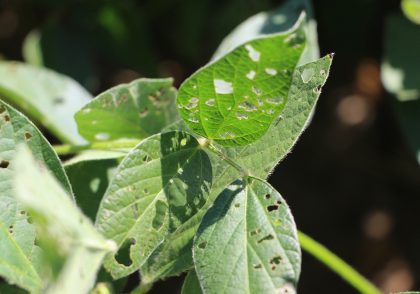
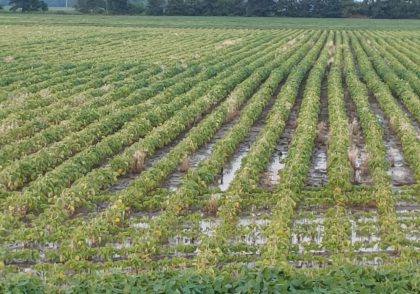
How to Distinguish Flooding Injury from Phytophthora or Pythium Root Rot in Soybeans
Saturated soils promote infection from many of the watermolds.
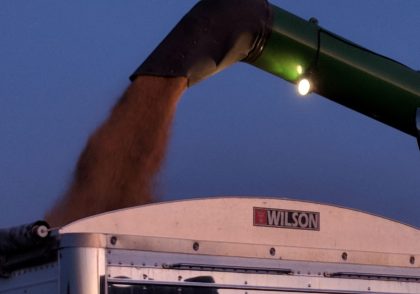
Managing Nutrients for Maximum Soybean Yields
“Soybeans will respond to fertilizer application of P and K if the soil test is on the lower side, but not yield as high as soybeans in fields with good soil test levels of P and K and not additional fertilizer application.” – Horst Bohner, Soybean Specialist with the Ontario Ministry of Agriculture Food and Ministry of Rural Affairs
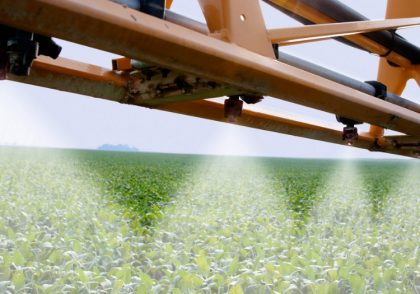
Meeting Soybean Fertility Needs
“In our study we are not seeing a benefit to prophylactic nutrient application.” – Emma Matcham
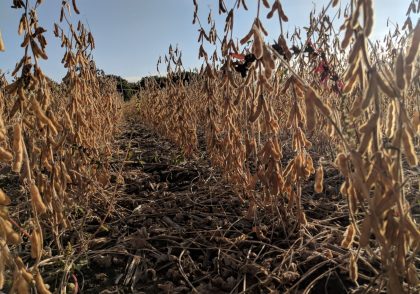
SCN Management: Seed Treatments and Sampling
“Assuming only 1% of SCN eggs survive, at 200 eggs in a soil sample, that can multiply to 39,062 eggs after only 3 generations.” – Carl Bradley, University of Kentucky
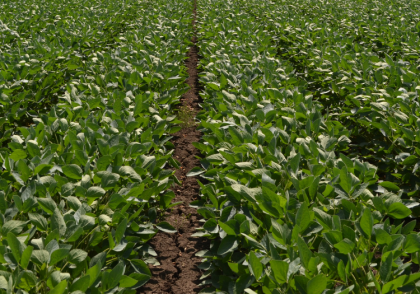
Summary of Multi-State State Research on Soybean Row Width, Planting Date, and Plant Population
“The date of planting has more effect on soybean grain yield than any other production practice.” – Laura Lindsey
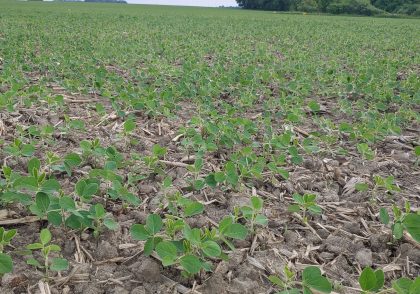
Seedling Diseases, Biology, Management and Education
Effective control of soybean seed and seedling rots is becoming increasingly important in order to protect the value of seed.
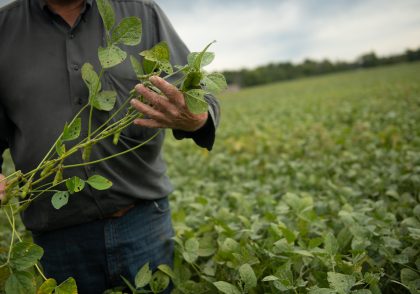
Ohio Soybean Production and Research in 2020
“We are basically trying to find the optimum seed rate based on the planting date time frame.” – Dr. Laura Lindsey, OSU Extension State Soybean and Small Grains Specialist

An integrated approach to enhance durability of SCN resistance for long-term strategic SCN management
This project will benefit soybean producers by creating a long-term management strategy for SCN through knowledge and soybean germplasm development.